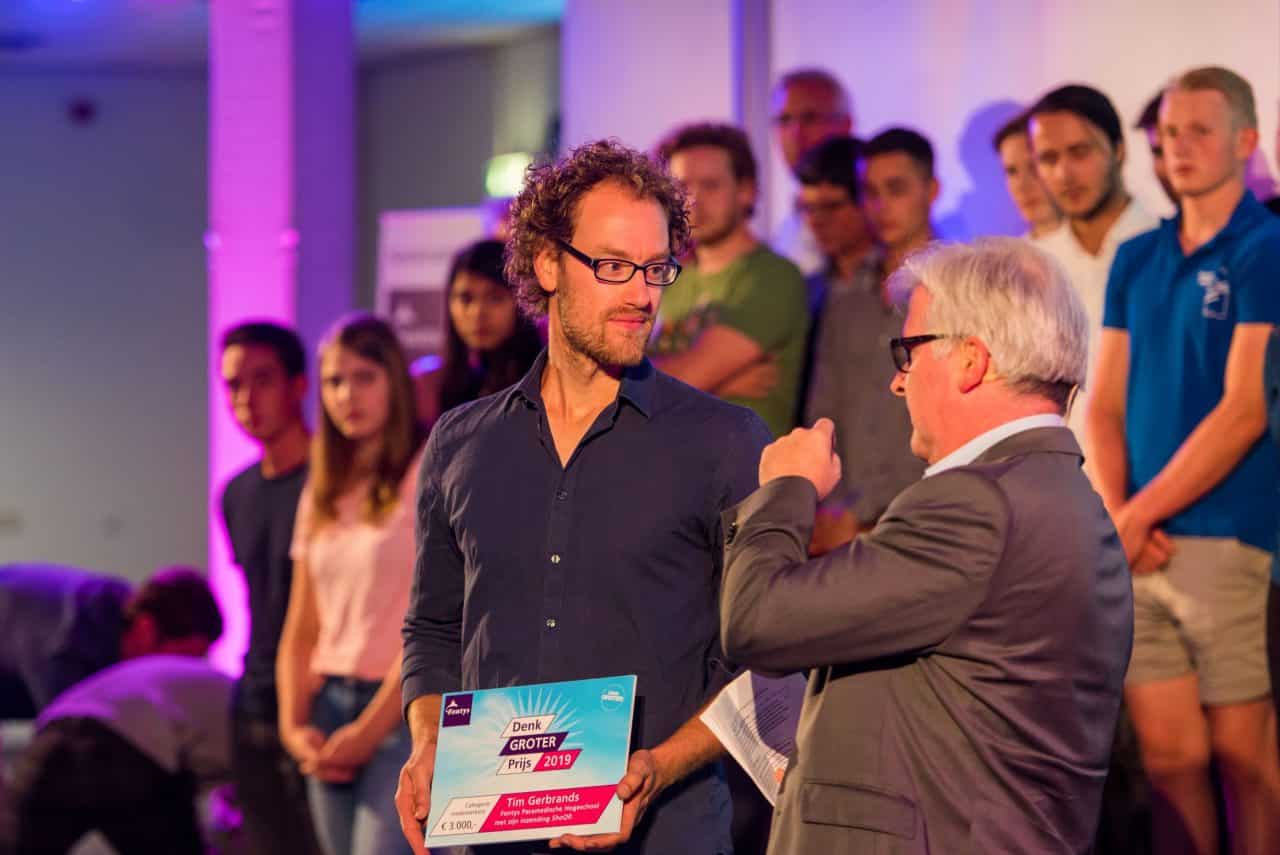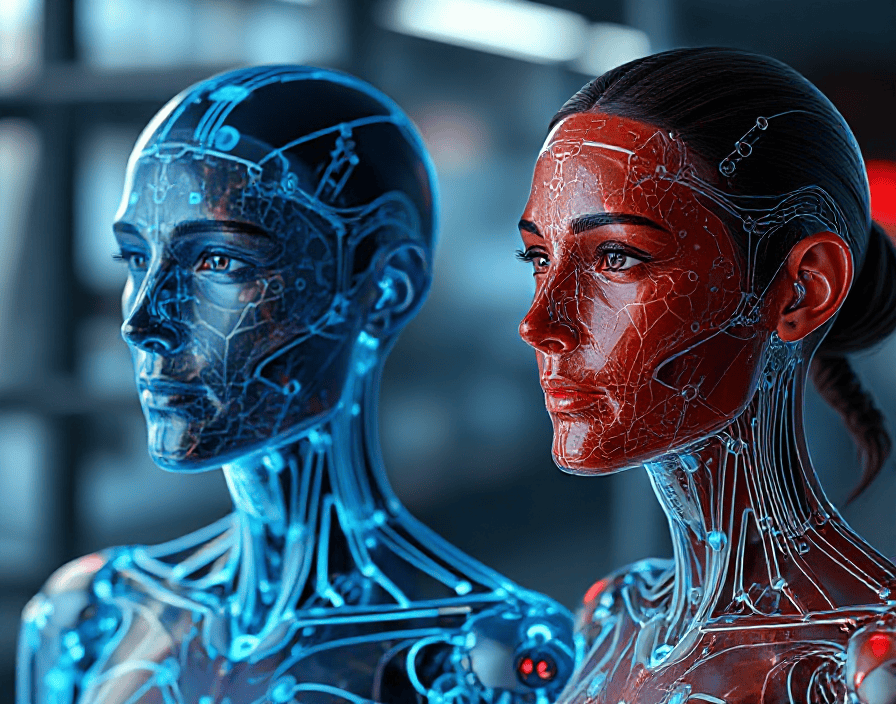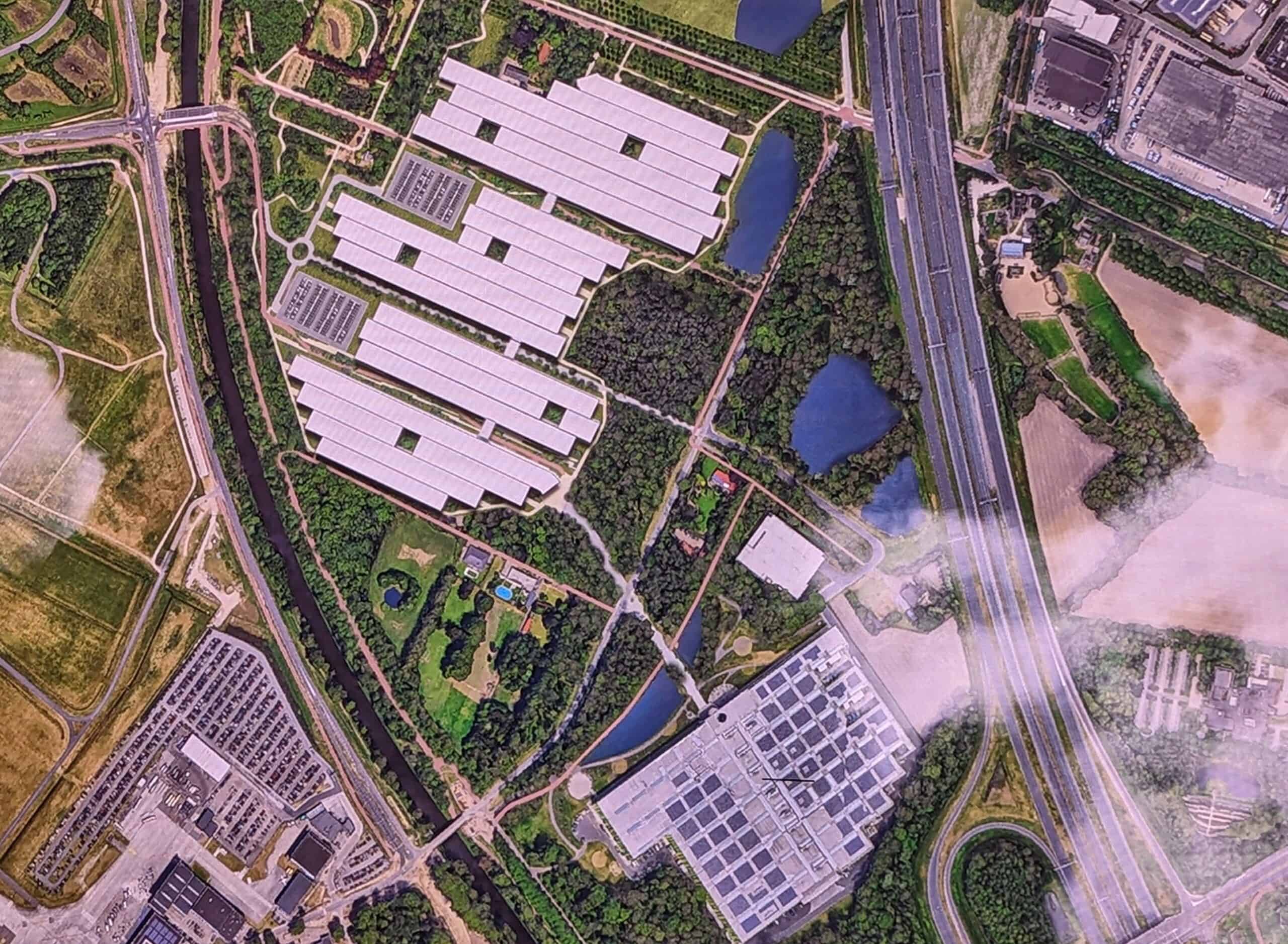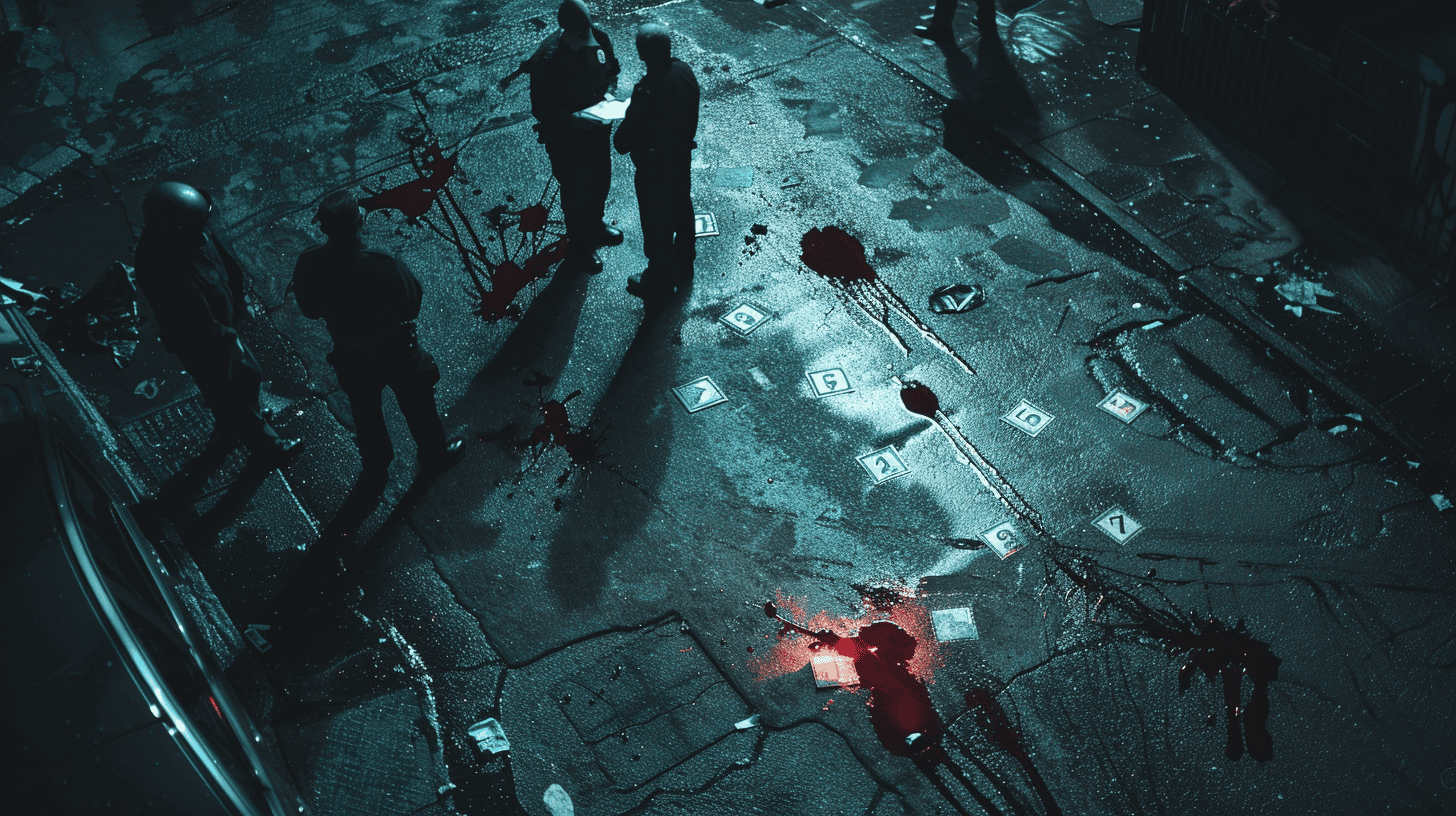
In the train from his hometown Den Hoorn to his work in Eindhoven at the Fontys Paramedische Hogescholen, Tim Gerbrands scrambled together an excel file, hoping his students could take it further. In his lab, he has all the equipment he needs to examine joint loads in people with knee osteoarthritis. Equipment that is unaffordable for a physiotherapist or podiatrist. Gerbrands, a Fontys lecturer and a movement scientist who is researching knee osteoarthritis for his PhD, was convinced that this situation should be improved. His idea grew into ShoQR, an idea with which he won the ‘Fontys Think Bigger Prize‘ on 2 September.
“I ended every article during my PhD research with the sentence: ‘But you can’t do this in practice, someone should look for a solution for that’.” Gerbrands turned out to be exactly that ‘someone’. In his lab, a relatively empty space of about eight by fourteen metres, Gerbrands has all the equipment to follow every movement and to measure the forces that people use to do so. People walk back and forth across a rectangular surface. Right in the middle is “a kind of scale” that not only measures the forces vertically but also horizontally. “So we can not only see how big the force is, but also in which direction that force is relative to the joints. Two high-speed cameras register every movement from every angle and there is a tripod with three infrared cameras, which register the movements three-dimensionally. “We stick infrared lights on our test persons and those cameras follow those lights. The data that come from it are visualised in a ‘point cloud’ on your computer; we use it to represent a patient in our analysis.”
Knee joints
Gerbrands uses the equipment in his lab to investigate the forces on the knee joints of these patients. Because, he says, people who can’t put the same amount of strain on their joints have to find another way to prevent them from collapsing. “That’s what we call compensation strategies. Everyone applies them, for example if you have a small stone in your shoe, you immediately start walking differently to relieve that foot.”
Knee osteoarthritis is damage to the cartilage in the knee. With his PhD research, Gerbrands wants to reduce the knee load of people with osteoarthritis in order to inhibit its progression. “This is a major problem because in people with knee osteoarthritis, the degree to which they experience pain does not have a strong relationship with the level of that load. Some people do not even show signs of osteoarthritis on an X-ray, but they do have pain. Others have real damage but experience much less pain.” One explanation for this may be that there are no nerve endings in your cartilage. “You don’t feel your cartilage.”
By moving, you maintain your cartilage, Gerbrands continues: “Because there are no blood vessels in it, you have to get nutrients to the cells in a different way. You do this by pumping over and over again. By pressing it down and releasing it again, currents are created. If you don’t use it, you lose it’, is very applicable to cartilage. An opposite idea of what people often understand by osteoarthritis, which is wear and tear due to overuse.”
Bad reaction
A common reaction of someone who has knee pain is to start moving less. “That is a bad reaction because you have to keep moving. But it is a difficult dilemma because people do not feel what the state of their cartilage is.” So you have to measure it. The Fontys lab is very accurate, but this system is expensive and complicated to use, such a measurement takes a long time, Gerbrands knows. “There is no physiotherapist who can do that to a patient in half an hour.”
Gerbrands thought that the problem could perhaps be solved with wearables. “Now it becomes a bit dangerous, because I have the short story that is not entirely accurate, but it is easy to understand.” As a scientist, he, of course, has an extensive story about how ShoQR works, but in short, it means that the system measures acceleration and determines how well the joints ‘cushion’. “Newton once found out that force is mass times acceleration. There is a direct relationship between forces and accelerations. The harder you pound, the greater the force is and that is expressed in that acceleration. These accelerations can be measured very well with sensors. These sensors are simply for sale in the shop; every smartphone has them as well.” The problem with the data, measured by these sensors, is that there is no algorithm behind them to understand the data. So Gerbrands wrote those algorithms.
Sitting in the train, he put them roughly in his excel file. He had his students put all the data in the first tab, the algorithms in the second tab translated those data into results that the students should be able to interpret. “That’s how it started as a rudimentary thing. I just asked my students, ‘See what you can do with it.’” At the end of the week it turned out to work and it was user-friendly enough for the students to be able to handle it. “This first version was called ShoQD (pronounced: shocked), ‘quick and dirty’. A second version worked a little less dirty, and a third refined version became ShoQR.”
Formula for success
With a big smile, Gerbrands talks about his idea that actually became a working and therefore award-winning prototype. “Yes, I’m happy and surprised at the same time. A year ago I only had an idea, at that time ShoQR didn’t even exist.” He also attributes the success to the formula in which he can carry out his PhD research. As a lecturer, he works at the Fontys University of Applied Sciences while doing his PhD at the University of Leuven. “A PhD student in higher vocational education is not very common.” What makes his position unique is that everything he does for his research has to be integrated in education and vice versa, he explains. “It really is a formula for success. That is, if you know how to set it up.” Gerbrands responds to practical problems and his students work on solutions that matter in real life. “This is also how it appeals to the students, who are working on a current problem, and to the industry.”

The workplace is also interesting, because “from practice, you literally walk into the lab”. In an adjoining ’empty space’, the Explorelab, everything can be reconstructed: the physio’s treatment room or an operating room. “It is a kind of hub, a simulated practice, where we can test very quickly. We don’t have to go to a physio practice. In fact, the therapist comes here to watch what we are doing.” Within the lab, all disciplines of physiotherapy, speech therapy, podiatry, orthopaedic technology and medical imaging (including ultrasound and X-rays) come together.
Sport or Health Care
Gerbrands is cautious about the possible social impact of ShoQR. “That’s exactly what we’re thinking about right now. We know that it works and are now at a moment of choice. Are we going to focus entirely on sport, or on health care? Who will be our target group? Is that the patient or the physiotherapist? Is it the coach or the athlete himself? Does the patient have to take the sensors home with him so his phone starts to vibrate when he does not follow the training prescribed by the therapist? We are now faced with the question of where it will have the most impact.”
The jury of the Fontys Think Bigger Awards said that Gerbrands “has a jewel in his hands”. He himself sees it as a ‘potential jewel’. “I only see it as a piece of jewellery if it turns out to work in practice. To do this, we now need someone else with different skills who can supplement what we did and who, next to me, can really put ShoQR into practice.”







